Relieves depression and boosts the immune system
Hot tea, snacks & lots of layers
~15,000 to 30,000
By the Staycation Collection team
Wild swimming 101
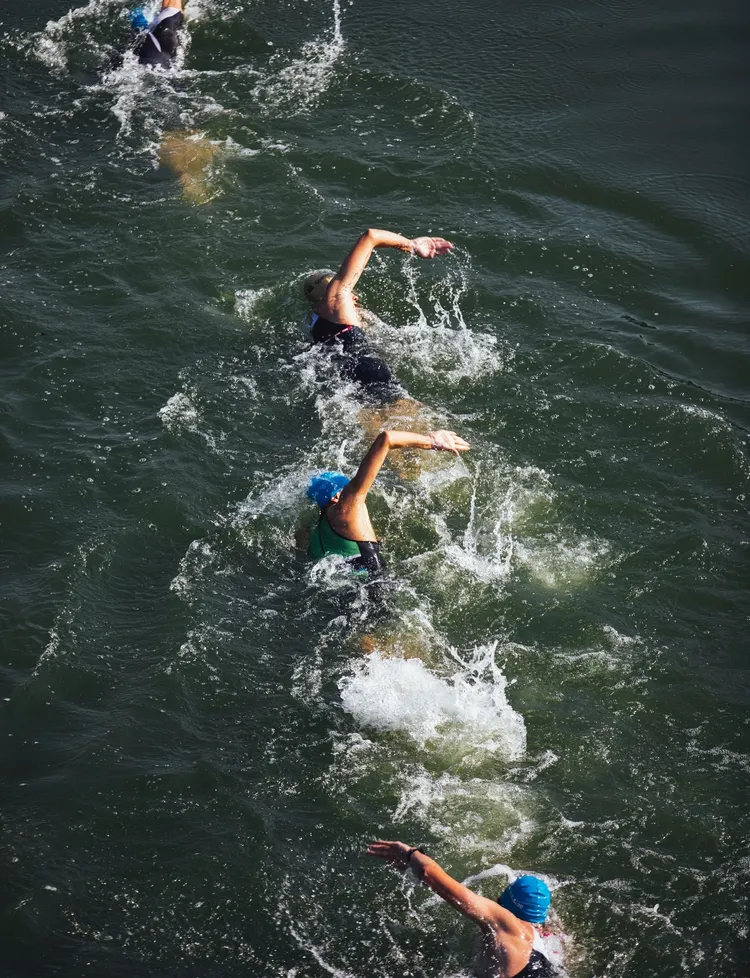
In the past few years, the term wild swimming (or open water swimming) has gained popularity, but it effectively just means swimming somewhere that is not a swimming pool.
For of all you water babies, like me, there’s something intuitive about slipping beneath the surface of water that hasn’t been pumped full of chemicals, but there is still something slightly naughty, a little bit scary and wonderfully invigorating about lowering your body into a lake or a river.
Once you’re over the initial shock of the cold water, your body starts to feel free and your mind feels energised - and this sensation isn’t imagined, there are scientifically proven psychological and physiological benefits to wild swimming. In short, cold water immersion provides a sense of elation and relaxation, soothes muscle aches, relieves depression and boosts the immune system, not bad, huh!
While a lot of our content is for member’s only, this newsletter is for free! Every month we share our favourite adventures and corners of Germany, and give you tips on what you can do to go beyond the usual tourist spots. Sign up so you don’t miss out.


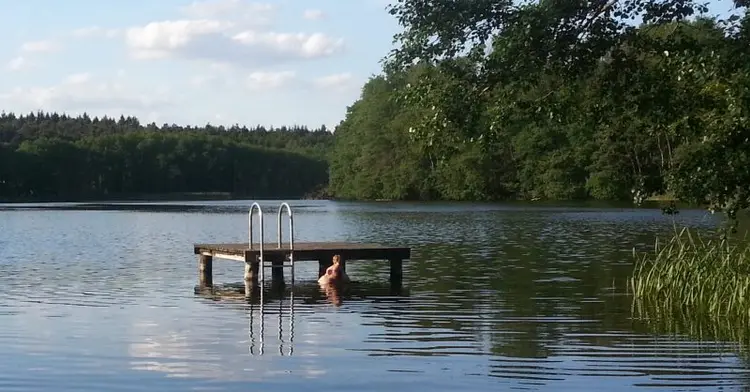
While wild swimming may seem like a new trend, it’s an age-old activity, loved by people such as Charles Darwin and Florence Nightingale and was widely enjoyed by the ancient Romans and Turks. The reason it’s so beloved is due to its capacity to free us from ourselves - to me, wild swimming is the perfect antidote to cabin fever!
Open water swimming is as good for us as it feels, and the health benefits of wild swimming include:
Plus those who swim in open water frequently start the process of cold adaptation (recently popularised by Wim Hof, aka the Ice Man). This means that - through repeated open-water swimming in cold water - it is possible to decrease blood pressure and cholesterol, reduce fat disposition and inhibit blood clotting.
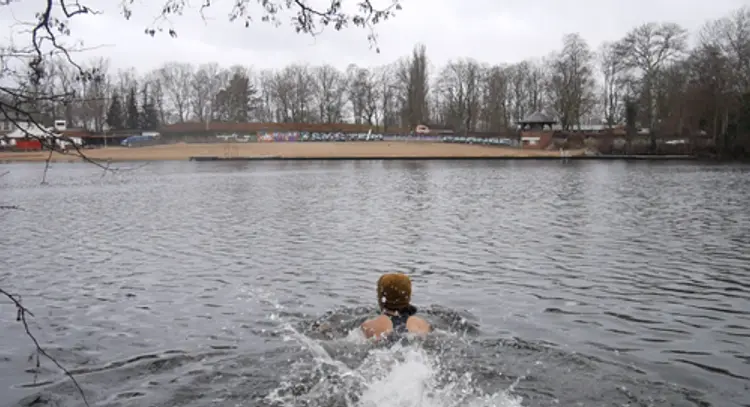
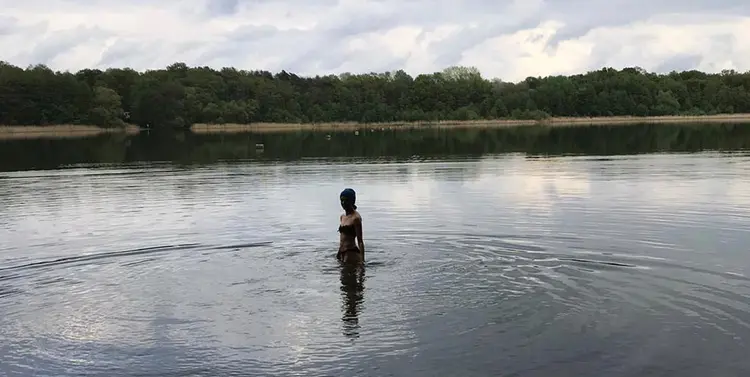
We’re incredibly lucky that Germany is full of lakes perfect for wild swimming - Brandenburg alone has over 3000 lakes - but what should you be aware of before you take the plunge?
1. Do not swim in canals, rivers in the city, stagnant lakes or reedy shallow water
2. Avoid getting too cold: warm up before, take deep breaths during and wrap up straight afterwards
3. Never swim where there’s lots of green-blue algae
4. Don’t swim alone, and check on those you’re swimming with
5. If you want to jump into the water, thoroughly check the depth and obstructions first
6. Decide where you will get in and get out before you begin swimming
7. Wear a colourful hat so you can be seen and wear water shoes if you can
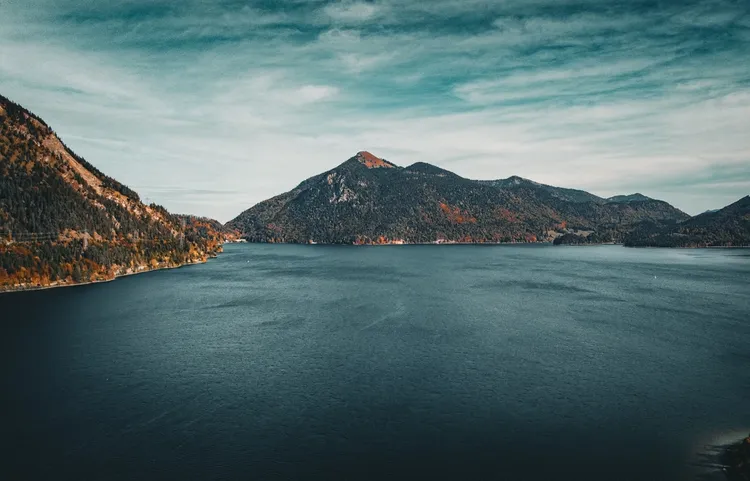
1. Tonsee, Groß Köris (Brandenburg)
2. Plötzensee (Berlin)
3. Liepnitzsee (Brandenburg
4. Markkleeberg See (Saxony)
5. Dove-Elbe (Hamburg)
6. Walchensee (Barvaria)
7. Hellsee (Brandenburg)
8. Timmendorfer Strand (Schleswig-Holstein)
9. Feisnecksee (Mecklenburg-Vorpommern)
10. Edersee (Hesse)
11. Kaarster See (NRW)
12. Laacher See (Rhineland Palatinate)
Where would you add to the list? Let us know!
Discover handpicked, properties in Germany that you'd struggle to find online. Sign up, browse the spaces, read the stories, and contact the owners directly to book your perfect trip!
Cut through the noise. Each property is individually assessed by our travel-expert founder, who 12+ years in the industry. We only feature the best, unique stays in Germany.
Tailored tips to match your needs. Let us know your dates, your needs, and you budget, and our founder further curates our curation to find places to stay that are perfect for you.
Give back. None of our properties have paid to be featured, and you book directly with owners, which means they are 30% better off than if you book via big platforms - plus no hidden fees for you.
Stay in the know. Receive monthly property finds, last-minute availability tips and adventure ideas, as well as ideas of where to book ahead, so you can explore more often.
* no minimum sign up required, cancel at any time.

Handpicked places to stay

Best price guaranteed

No hidden fees or charges

New finds every month

Member perks & discounts

Focus on sustainability
© 2024. All rights reserved.